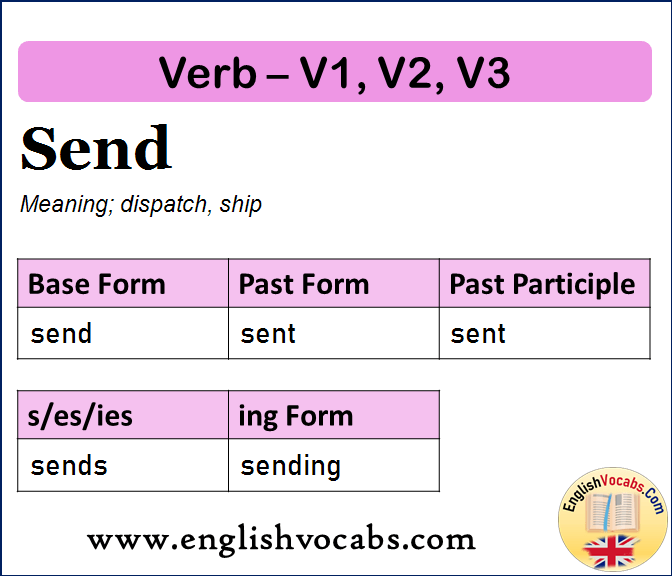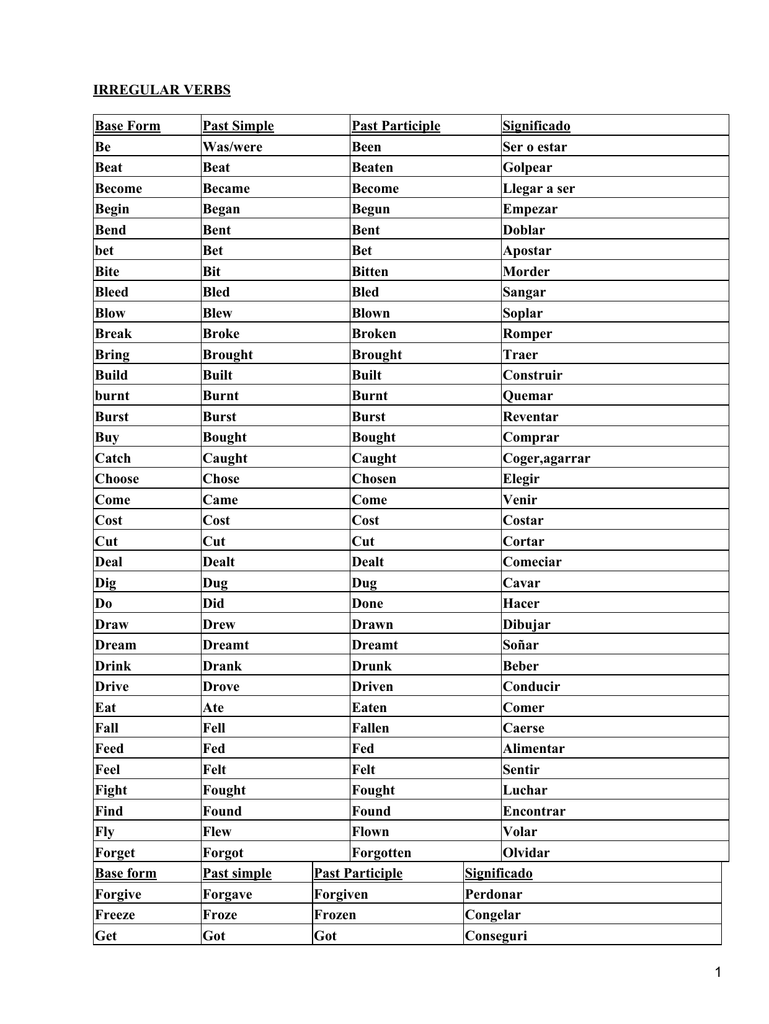

LEAD PAST TENSE PAST PARTICIPLE HOW TO
How to Cut Styrofoam: Techniques, Tools, and Safety Guidelines.New and Innovative slogans for Indian Independence Day celebration in English 2023.Master Your Path to Success: SSC 2023 Exam Calendar Unveiled.These are the examples and explanations of the use of lead in past form, the base form, past participle form, third-person singular form and present participle form of lead. We will see some of the examples of present participle form of lead.ģ)They were leading the society on the way of change.ĥ)Leaders are leading us. A: The only standard past tense and past participle of the verb lead is led.

Present participle form of lead is leading. We will see some examples of the use of lead as third-person singular verb form used in the simple present tense.Ģ)She leads a very busy and demanding life.ģ)Our teacher leads us to become good. Like awake, lead is an irregular verb with a unique past tense form. Lead verb forms Conjugation of Lead Simple / Indefinite Present Tense He/She/It leads. The third-person singular form of lead is leads. We will see some examples of the use of past participle of lead.ġ)You have led your group carefully and skilfully.Ģ)She has led us through the year of difficulties.ĥ)Books have led me on the path of academic success. Here are some examples of the use of base form of lead.ġ)Sam and his family lead a happy life with a feeling of satisfaction.Ĥ)They lead others on the path of success.ĥ)Philosophers lead society on the right path Past participle form of lead He led his life successfully through thick and thin.We will see some examples of lead in past form. For example, referencing lead in the present participle form will change it to leading, but in the infinitive form, will be lead. Although the word form will change based on its participle. The general meaning of lead is to Make you go with, way of life, superior to others Past form of lead | lead past form Most commonly, the past tense of the word lead is leaded. Make you go with, way of life, superior to others Here we will see the past form of lead and its other verb forms also. Here we will see the past form of lead, the base form of lead, past participle form of lead, third-person singular and present participle form of lead, and the meaning of lead. But as you’ve noticed, the past and participle are sometimes written as lead, though this isn’t a new phenomenon. All ten standard dictionaries we regularly consult (five American and five British) agree on this. Whatever the source of the mistake, it’s time to get rid of using lead when you’re trying to say led.There are some irregular verbs in the English language. A: The only standard past tense and past participle of the verb lead is led. There may/may not be any change in the inside vowel. Weak Verbs: Past tense form of verbs formed by adding ‘d’ or ‘ed’ ot ‘t’ to their base verbs are weak verbs. The mistake probably comes from the word read where read (pronounced red) is the past tense and past participle of read (pronounced reed). Strong verbs: Past tense forms are formed without adding anything, but by changing their body (spelling) are strong verbs. If the verb is pronounced /LED/, use led. If you aren’t sure whether to use led or lead as the verb in your sentence, try reading it aloud to yourself. Or in the passive voice, we use the past participle led to produce: The correct past and past participle of lead is spelled led. He will have led the parade several times before June.

He told us that he had led the parade before. Or in the perfect tenses, we use the past participle led to produce: Instead, the word is properly spelled led, and it serves both roles: past tense and past participle. The verb lead has five different forms: base form, past simple, past participle form, present perfect and present perfect participle. Also, because it’s an irregular verb, lead doesn’t follow the regular rule. The word lead is not the past tense of lead. Lead V1 V2 V3 V4 V5 is one of the verbs that are used very commonly in English tests as well as in everyday communication. Many writers think that the word lead is pronounced to rhyme with red and is used as the past tense or past participle of the verb lead (pronounced leed). Read on to learn that led is the correct word.


 0 kommentar(er)
0 kommentar(er)
